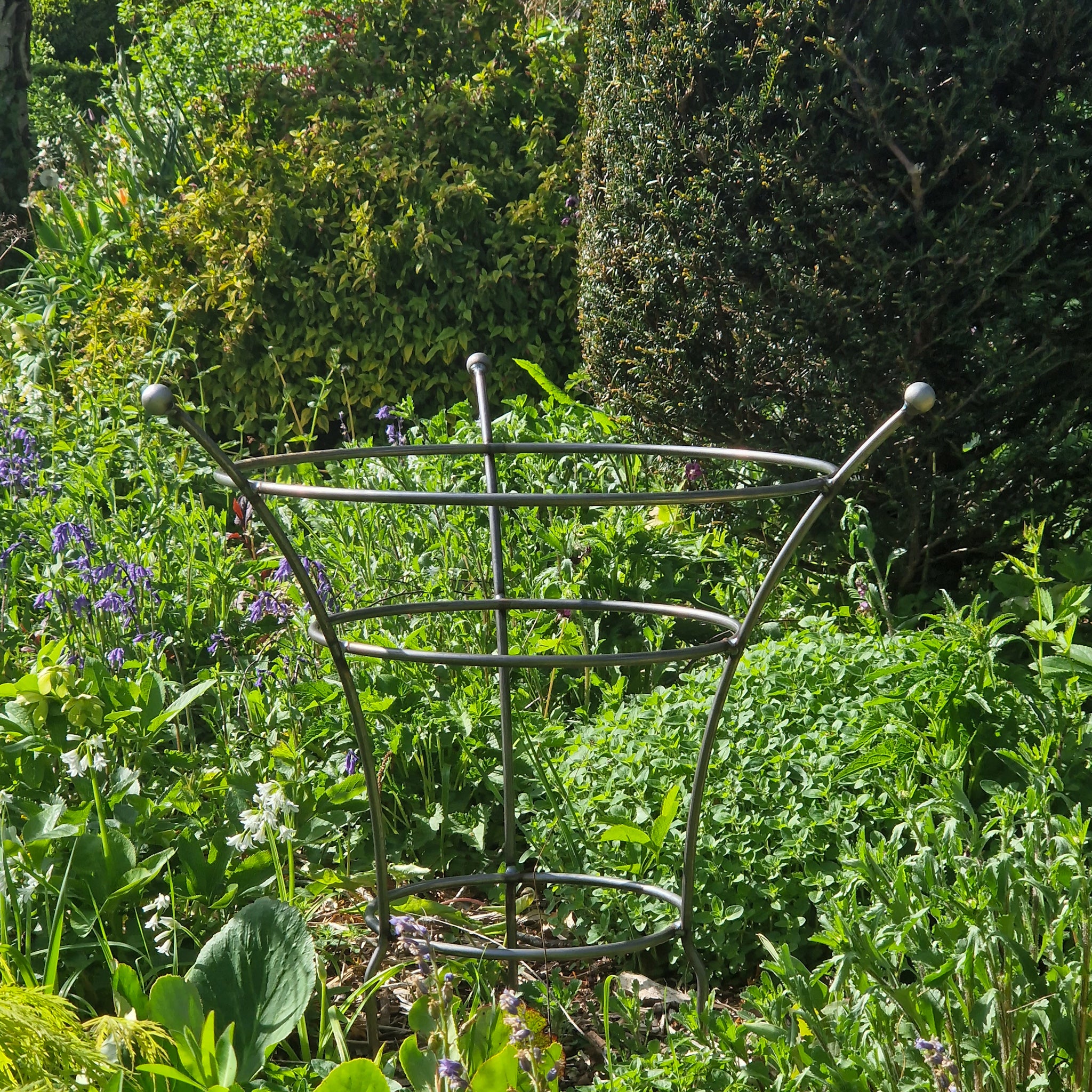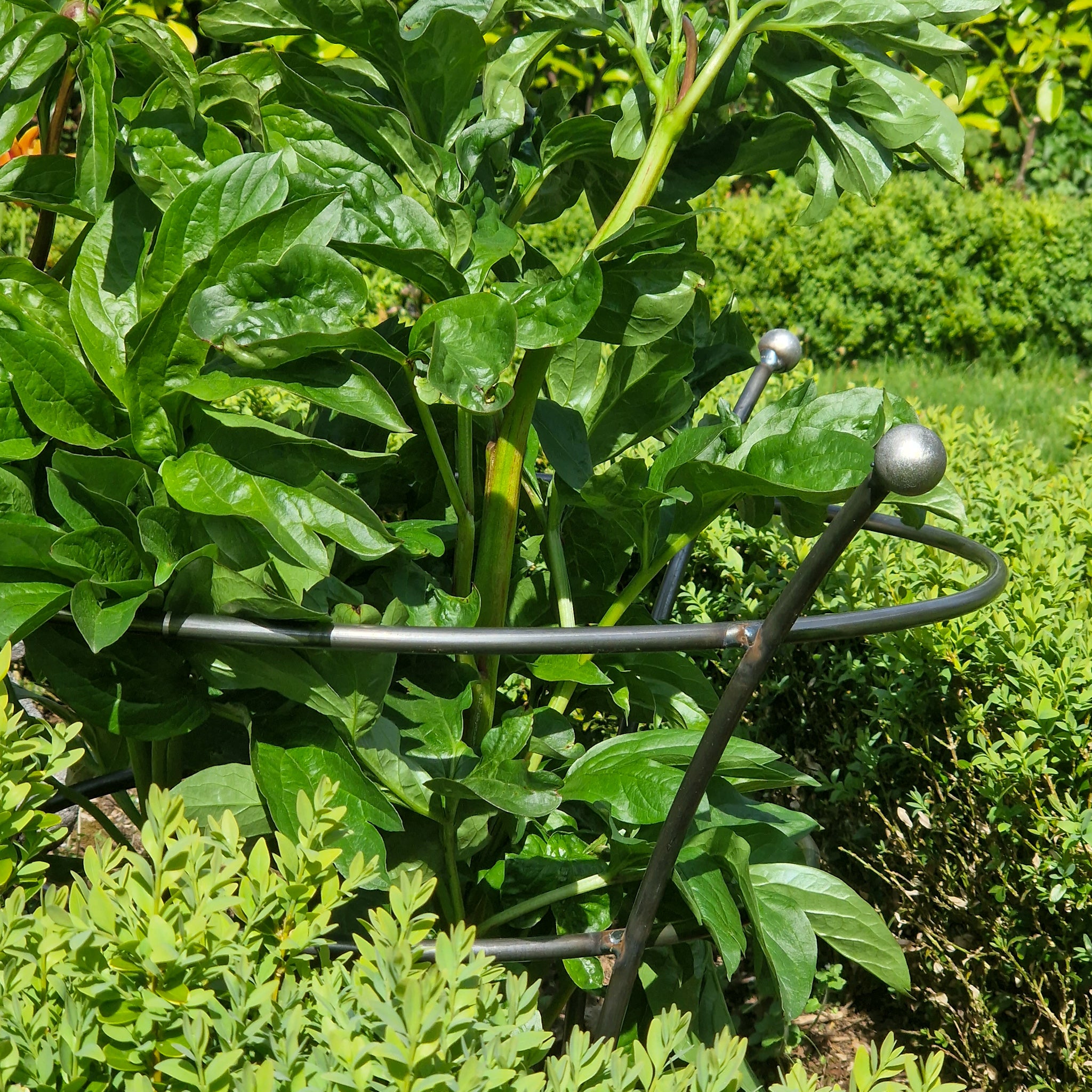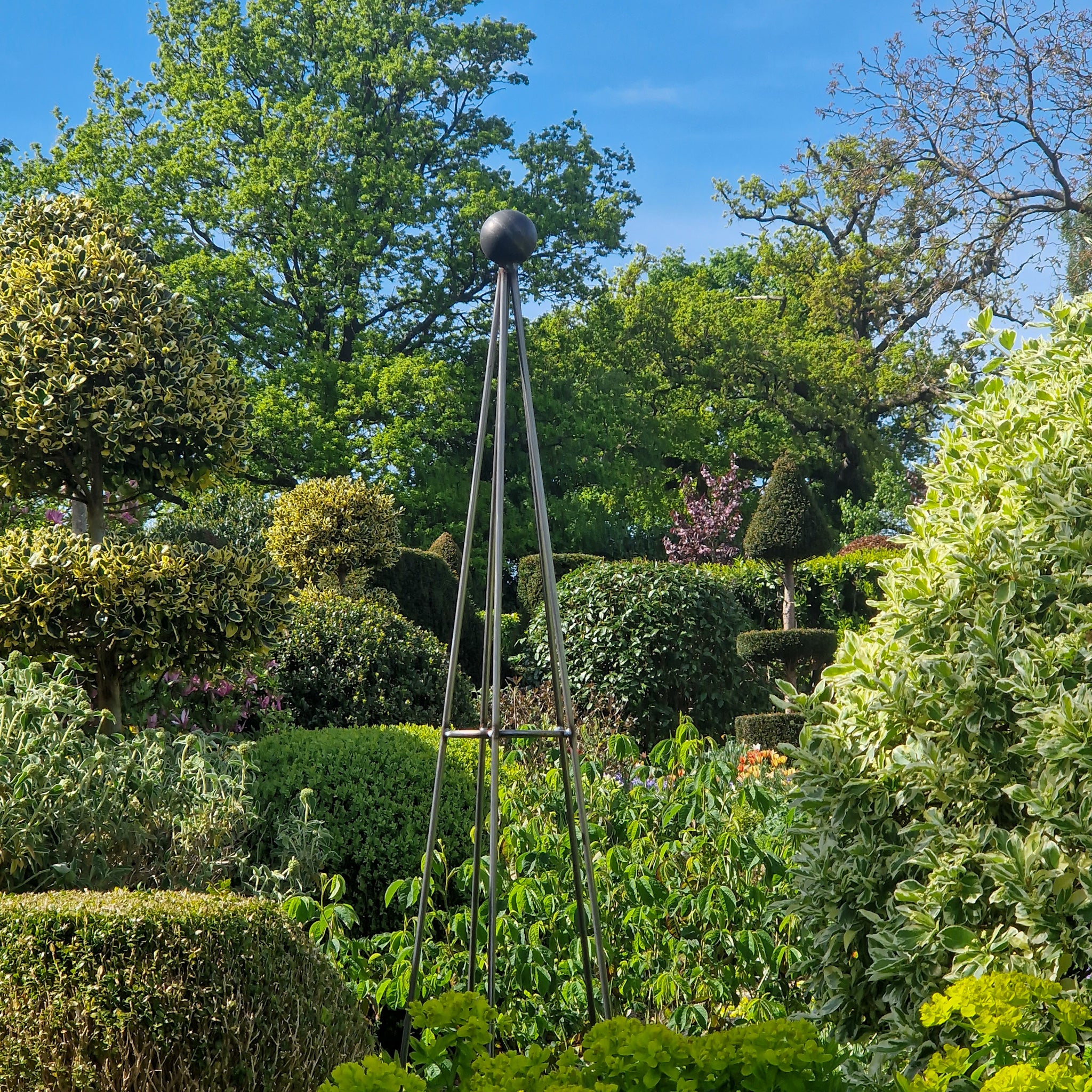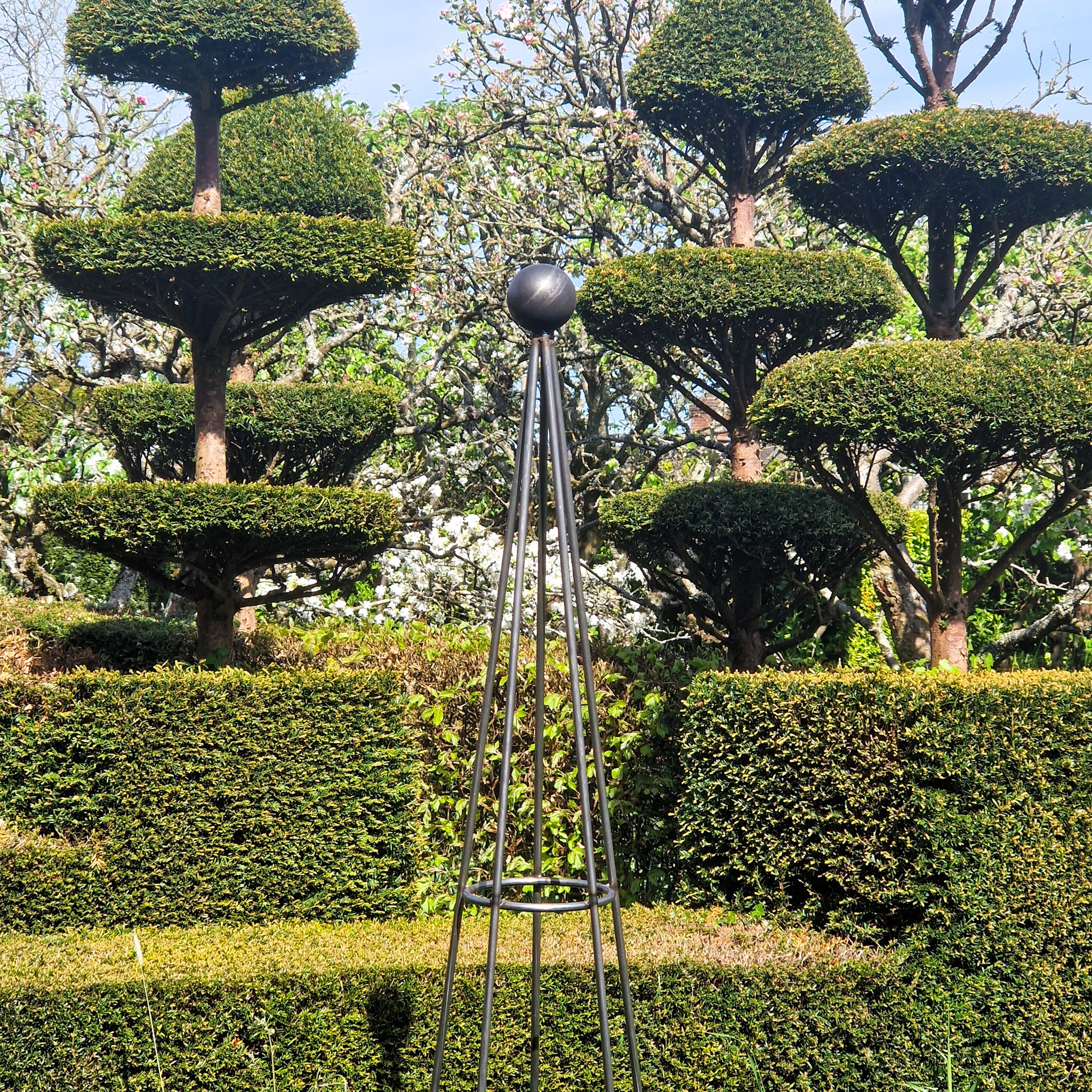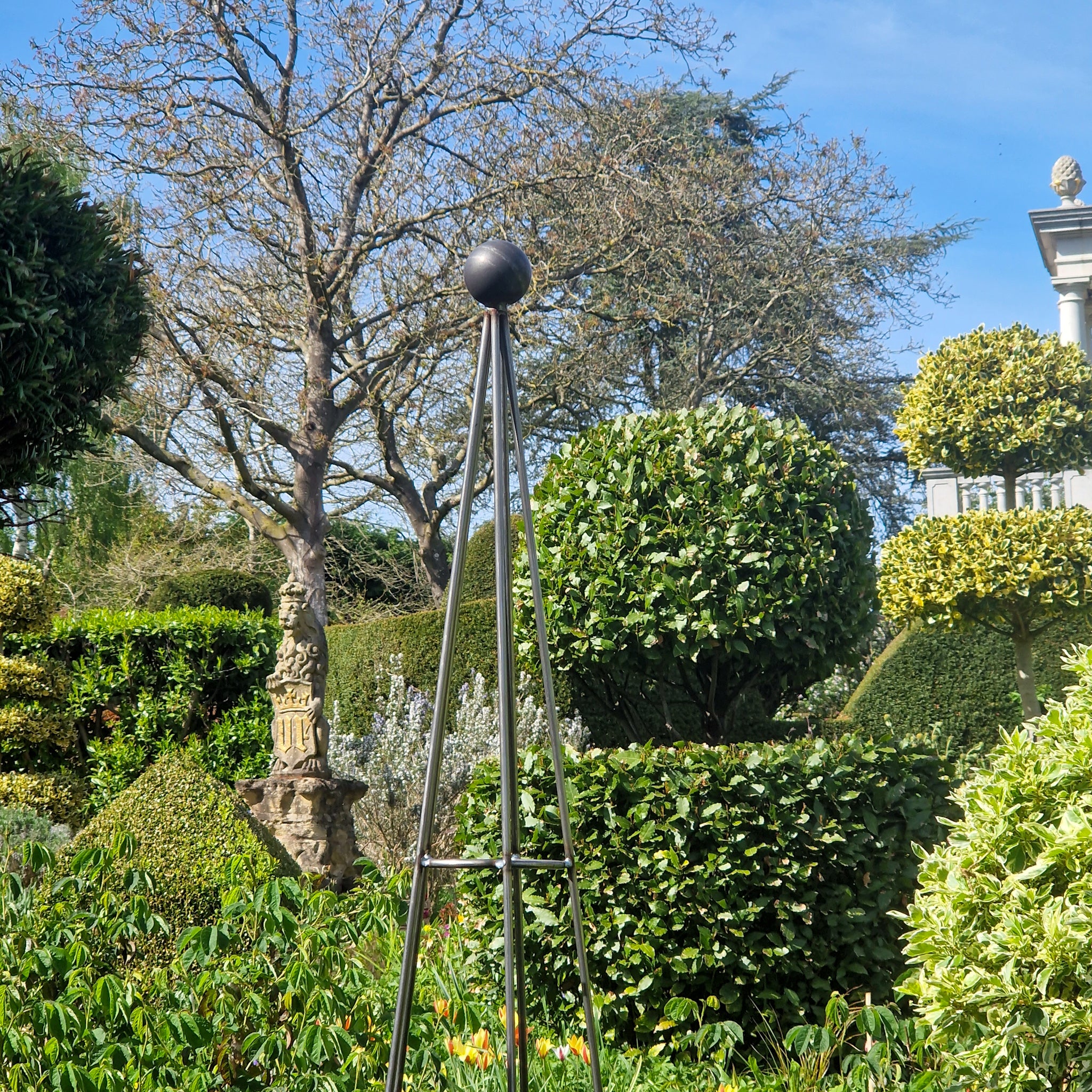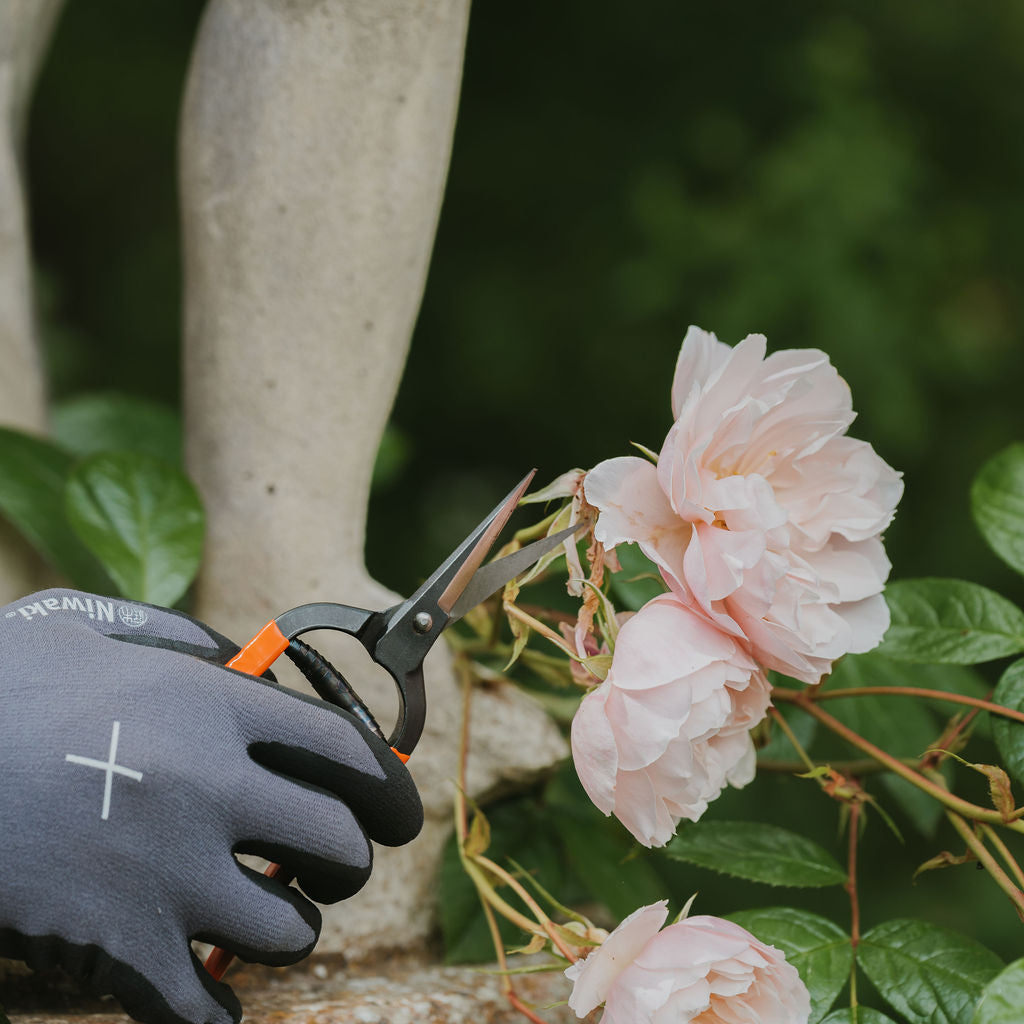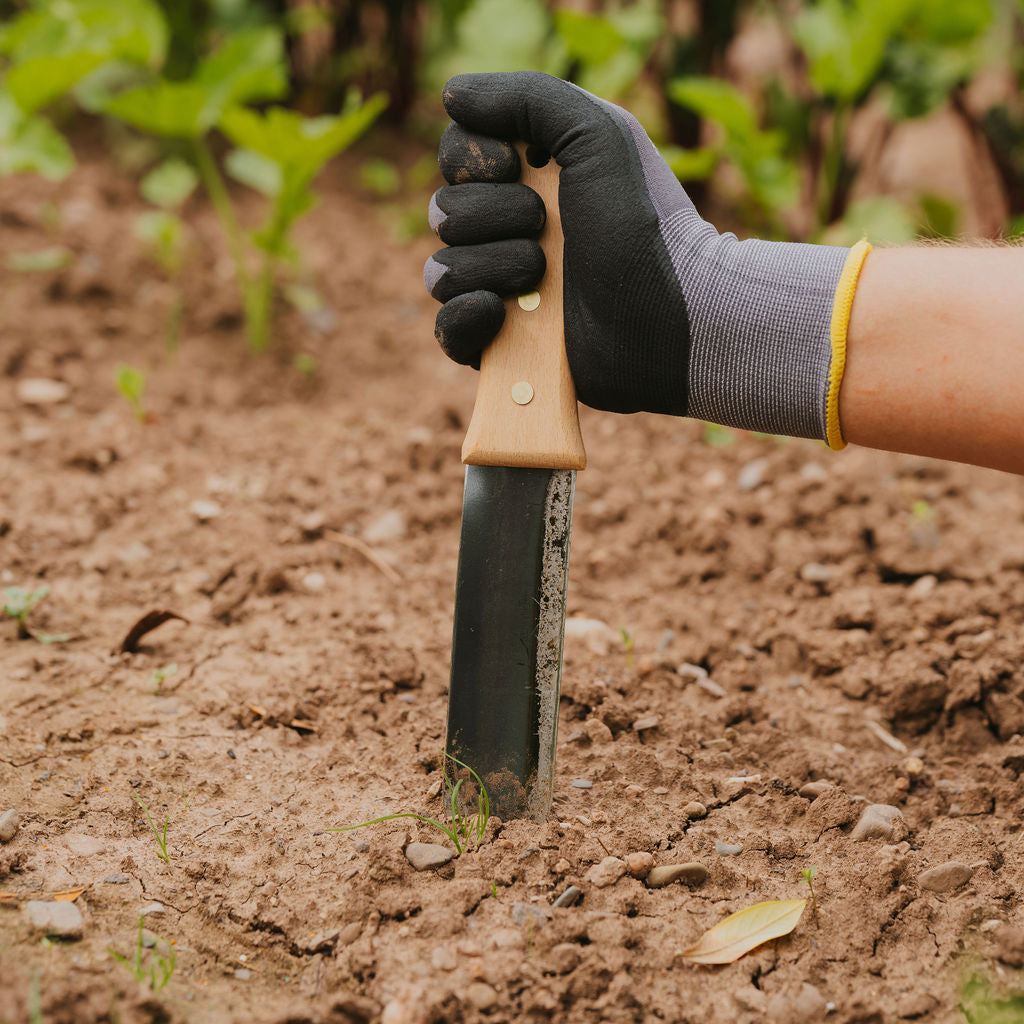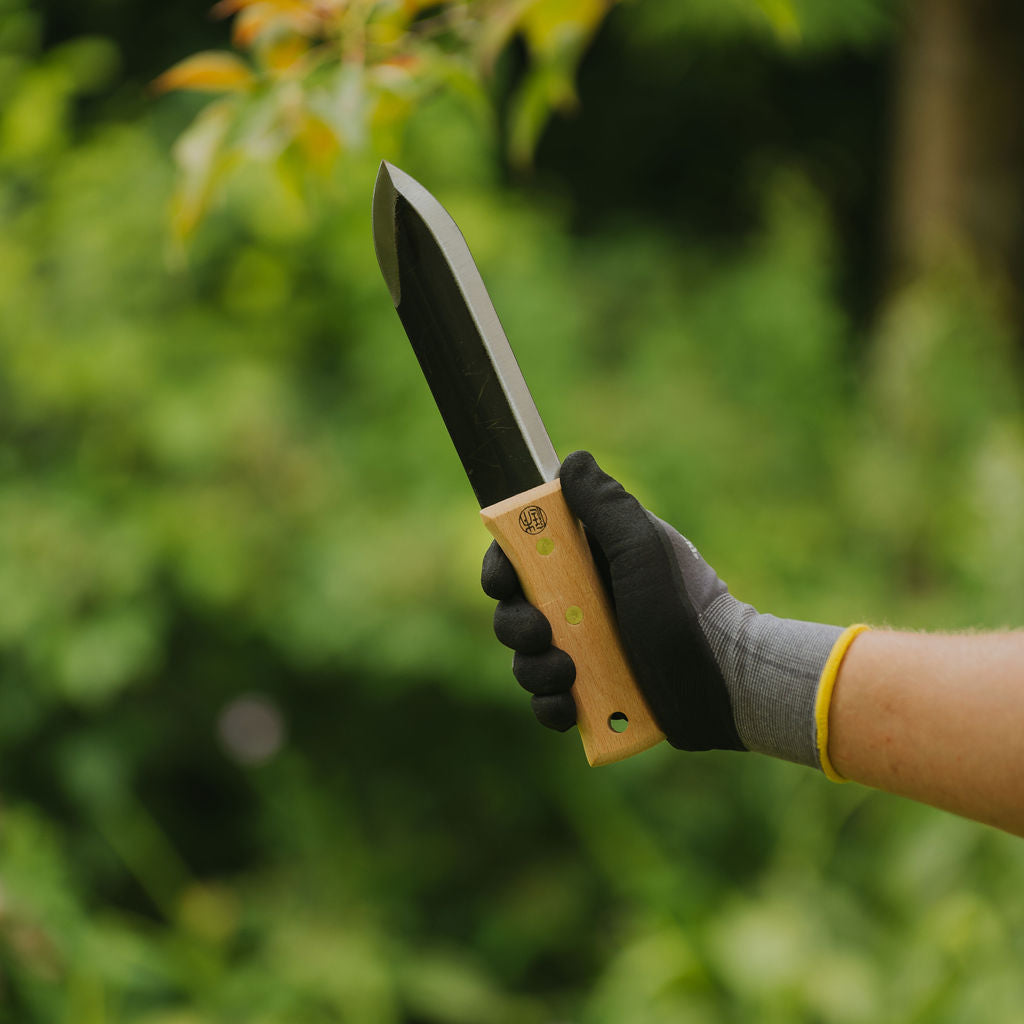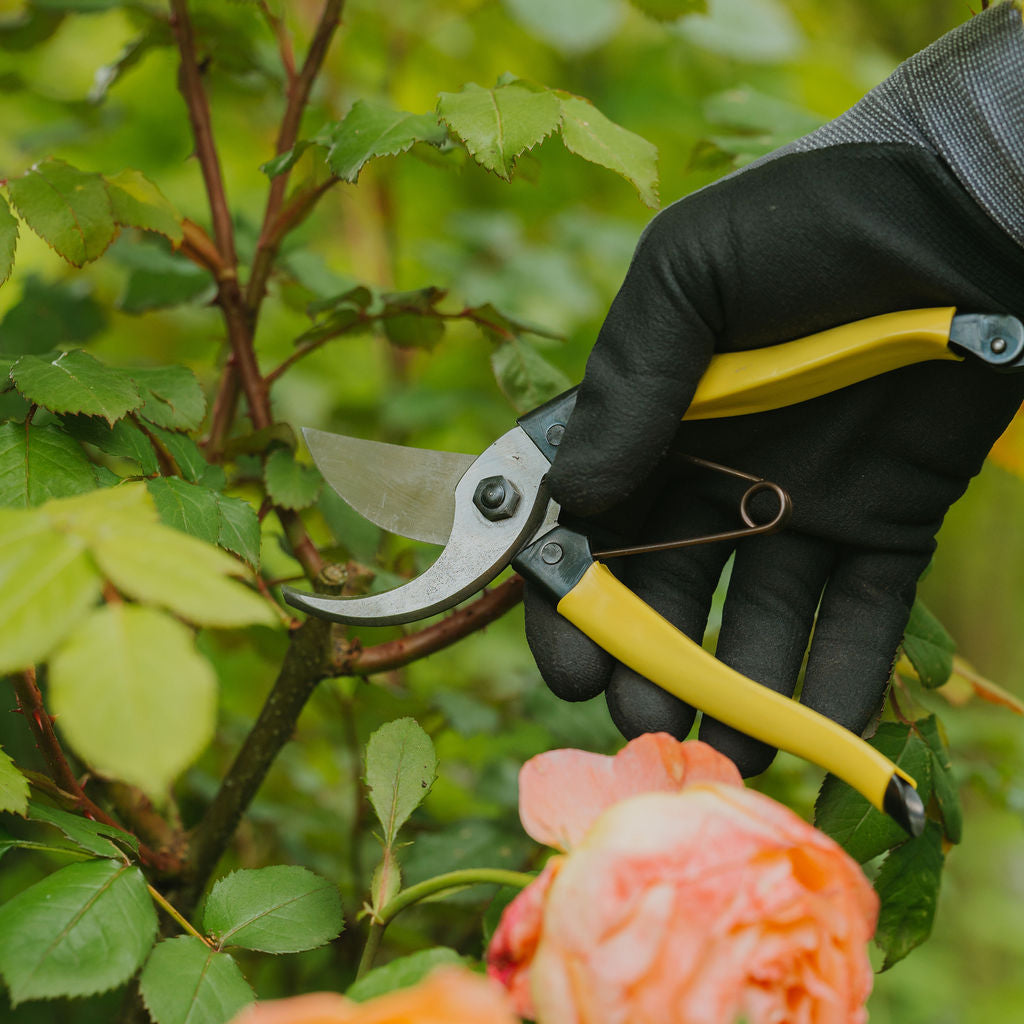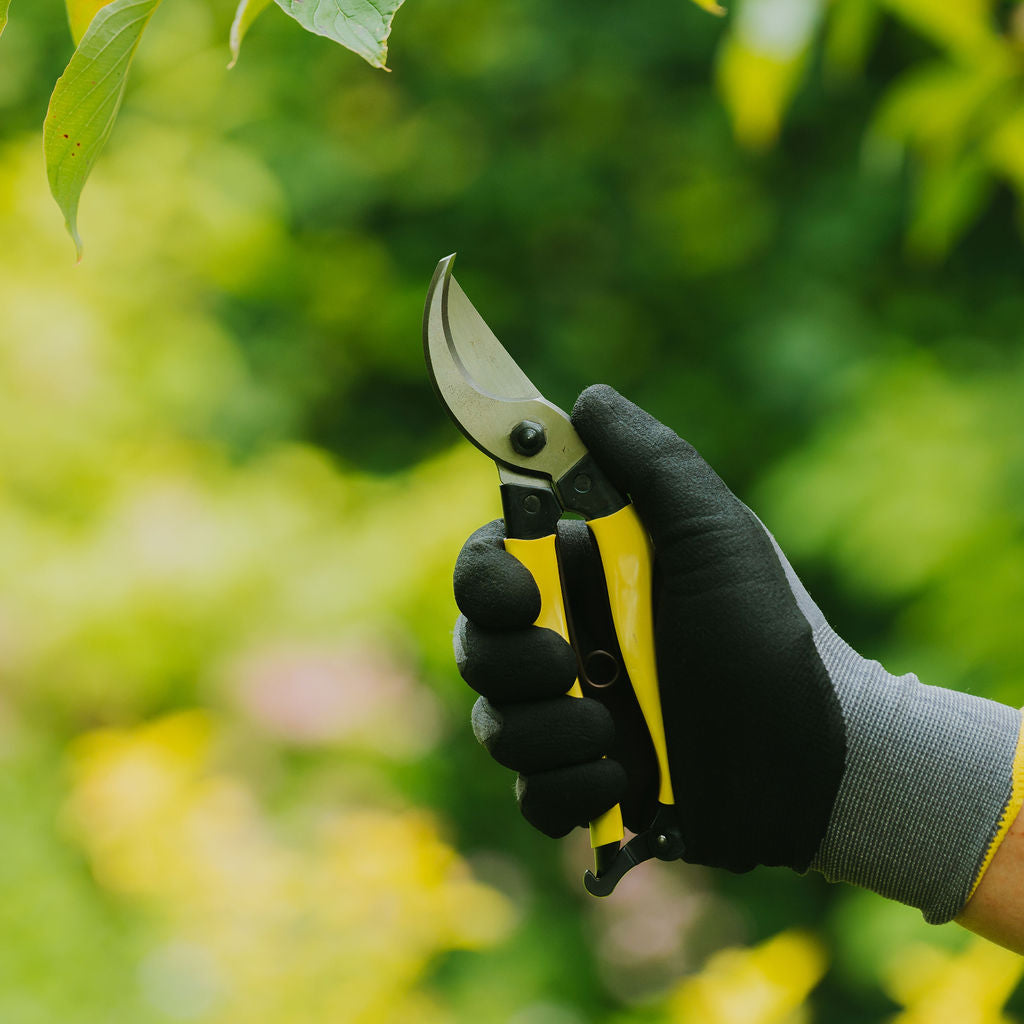What is Cretan Terracotta
The History of Cretan Terracotta Pots
Since being introduced to the UK in the mid-80's, pots from Crete went on to be a hit with garden lovers. The divine, warm colour of the terracotta is nothing like the traditional pots found across the UK. Plus, down to how they are fired, Cretan Pots are able to withstand our harsh British winters for decades.
But, before getting into the details, allow me to give you some background...
Cretan Terracotta refers to pots from Crete, the largest Island off the Greek coast.

The history of pots in Crete can be traced back to the Minoan civilisation... now we're going as far back as 3000 BC! The Minoan's traditionally used large open neck pots named Pithoi to store grains, oils and wines. The most famous of these palaces, Knossos, featured huge storage rooms capable of holding hundreds of these large pots. The pot pictured below was excavated from this very palace! However, alongside large pots, day-to-day items such as bowls, jugs and jars were also hand-thrown from clay.

Frost
Without doubt, the greatest benefit of a Cretan pot is that it is able to withstand years of harsh frost. We've had Clients approach us for new pots who've owned them for over 20 years. But why do they want more pots if they still have their old ones? Because they love them!
But how are Cretan pots able to withstand the frost? Well, this is all down to how the pots are made. Pots in Crete are fired at hotter temperatures and for longer than other terracotta pots. Over a 3 day firing process, the temperature in the kiln slowly rises to 1200 Celsius. Though this takes time, the intensity of the firing results in terrific quality clay.
Manufacture
What separates a Cretan pot from the rest is the fact that they are hand-thrown. Though many manufacturing processes have taken on machine-based, batch production i.e. moulding pots - still to this day, each and every pot (no matter how large!) is hand-thrown on a wheel by a talented potter. Your pot is a celebration of skill passed down from one generation to the next.

Drainage
As if it couldn't get any better - Cretan Pots allow excess water to escape not just through the holes in the base, but also the walls! Terracotta is naturally a porous material - and it just so happens that the walls of these pots are very porous!
Don't be expecting holes like a sieve, it's much more microscopic. If you pour a large quantity of water into a Cretan pot on a hot day you'll see a patch appear on the outside and it will feel strangely damp to the touch. This benefit is great for the health of your plants because it ensures they won't be sat in soggy soil.
With glazed pots, even though they may be made from terracotta, the glazing acts as a barrier, stopping water from passing through the walls.
Colour
The colour of Cretan terracotta isn't matched by any other pots in the world! This is because the raw clay used to throw these pots is found exclusively in Crete.
In the UK, we are used to seeing red terracotta pots, but if they are made from clay, then why do they differ from those from Crete.. or for that matter, Tuscany or Vietnam?
It's actually quite simple! This is because the mineral content in the clay on Crete is geographically unique to the island. Once the thrown pots enter the kiln and are heated up, the iron oxide content in the clay reacts with the extreme heat. After the pots are removed they reappear in the signature light/warm colour.
However, this warm look won't last forever. As your pots sit outside they will inevitably weather. Pots with a potting medium inside will weather faster because the minerals from the soil & water wash through the clay. This results in the dusky white look that we all love. After a few years, your pots will begin to tone down and slowly to blend into your garden, developing a patina from being weathered.
Many consider it sacrilege to wash this patina off, and we would agree!

Thank you Pauntley Court for the photoshoot


